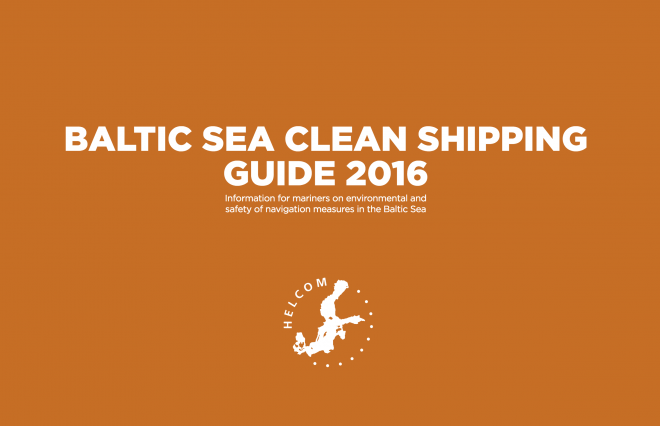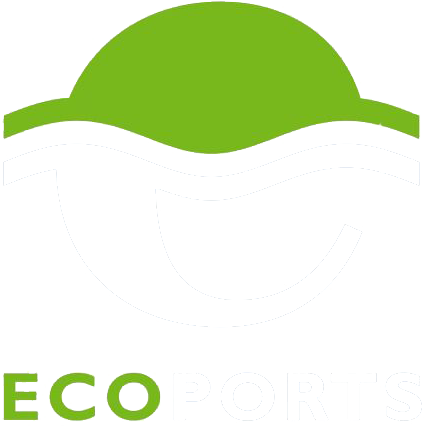The Port of Oulu is situated on the coast of the Bothnian Bay, the most northerly part of the Baltic Sea, which is mostly brackish water. In addition to the unique maritime environment, the area around the Port of Oulu is very special as well: there is a nature reserve right next to the Port in Oritkari. The Port itself is also home to a large number of species. Every year, some rare visitors, mainly birds, are spotted in the area.
How to take care of the environment
The location of the Port of Oulu means that consideration for nature is a top priority. All operation is also guided by the quality and environmental certificates ISO 9001 and ISO 14001. In accordance with them, a waste management system has been drawn up, as well as waste handling instructions for ships visiting the port. The Port of Oulu has been granted an environmental permit by the Regional State Administrative Agency for Northern Finland.

Because of its relatively low water volume, the Baltic is very vulnerable. This means that all who sail on the Baltic have a duty to look after it. Download and read the Baltic Sea Clean Shipping Guide:
Conservation of bird habitats in Oulu harbour area
The coastal areas of Oulu have long been a focus of human activity. They have served as pasturelands and later as industrial areas and harbours. Interaction between humans and nature has created an open shoreline environment that attracts a diverse selection of bird species. These open shoreline fields provide birds with a suitable habitat – possibly even a better one than natural conditions. The bird species in the shoreline fields are highly valuable based on their variety and numbers. Nowadays, the encroachment of shores and open land areas, especially the proliferation of common reed, threatens these habitats.
According to Finnish Nature Conservation legislation and international agreements, authorities must consider endangered species and their protection in their operations. Protecting the habitats of endangered bird species is challenging, as these birds inhabit areas that might be earmarked for industrial or similar uses. Finding new suitable habitats is crucial to replace the lost areas. For this purpose, dumping areas for dredged sediments have been used, among other solutions. For instance, the dredged sediment fields in the Oulu harbour area serve as excellent nesting grounds. They will eventually be used for harbour activities as planned, but new fields are created when Port of Oulu receives clean soils from the city’s construction sites and deposits them into the constructed sediment ponds in the harbour.
Initiated by the Ornithological Society of Northern Ostrobothnia, a committee examined the most significant shoreline areas in the Oulu region and its surroundings from the perspective of endangered bird species between 2006 and 2007. The committee defined priorities for nesting ground management and restoration actions, as well as other operational methods. The committee’s report proposed concrete measures such as area management, increased collaboration among various stakeholders, and changes in operational approaches. For the harbour area, these concrete actions, in addition to sediment pond filling, include activities like mowing and clearing the shores and imposing restricted access to certain areas during the nesting season.
Representatives from the Ornithological Society of Northern Ostrobothnia, the North Ostrobothnia Centre for Economic Development, Transport and the Environment (ELY Centre), the Regional State Administrative Agency for Northern Finland (AVI), and the Environment Office of Oulu Region have been granted permits to conduct bird monitoring in the area. To protect harbour safety and bird nesting, no other bird monitoring permits can be issued.

